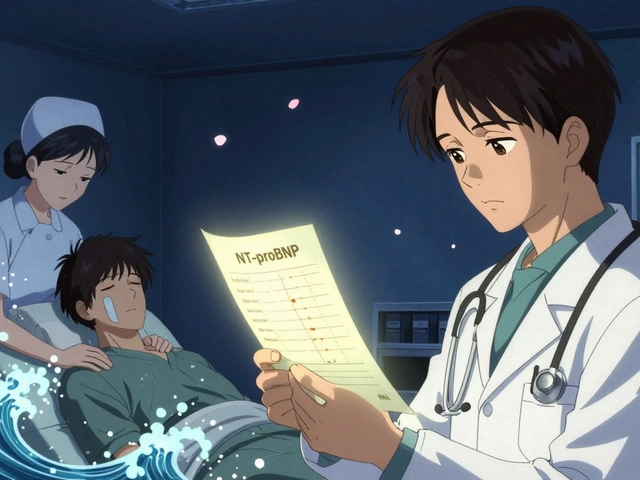Urinary Incontinence Diagnosis: How It’s Done and What Comes Next
When you leak urine unexpectedly, it’s not just embarrassing—it’s a sign your body is trying to tell you something. Urinary incontinence diagnosis, the process of identifying why urine leaks uncontrollably. Also known as bladder control problems, it’s not one condition but a group of issues with different causes, from weak pelvic muscles to overactive nerves. Many people think it’s just part of aging, but that’s not true. It’s a medical issue that can be understood, treated, and often reversed—if you know what you’re dealing with.
Doctors don’t guess. They use clear, repeatable steps to figure out what’s going on. First, they’ll ask you to keep a bladder diary, a daily log of fluid intake, bathroom trips, and leaks. This simple tool reveals patterns no question can catch—like whether you leak when you cough, or if you rush to the bathroom after drinking coffee. Next, they might do a simple physical exam to check for pelvic floor weakness, a common cause in women after childbirth or menopause. This isn’t just about strength—it’s about coordination. Even strong muscles can fail if the signals from your brain get mixed up. Then comes testing: a urine sample to rule out infection, a bladder scan to see how well you empty, and sometimes urodynamic testing, a detailed study of bladder pressure and flow during filling and emptying. This isn’t scary—it’s like an EKG for your bladder.
Knowing the exact type—stress incontinence, urge incontinence, overflow, or mixed—changes everything. Mirabegron helps with overactive bladder, but it won’t fix a leak from sneezing. Pelvic floor therapy works wonders for muscle-related leaks, but not for nerve-driven ones. And if you’ve been told it’s "just aging," you deserve better. The posts below show real cases, real tests, and real solutions—from how to interpret your bladder diary to what the latest research says about drug side effects and non-surgical fixes. You’ll find guides on managing symptoms, understanding medications like Mirabegron, and knowing when to push for more testing. This isn’t about accepting leaks. It’s about finding out why they happen—and how to stop them.
How Urodynamic Testing Diagnoses Bladder and Urinary Incontinence Symptoms
Discover how urodynamic testing objectively diagnoses bladder and urinary incontinence symptoms, what the tests involve, and how results guide treatment.






